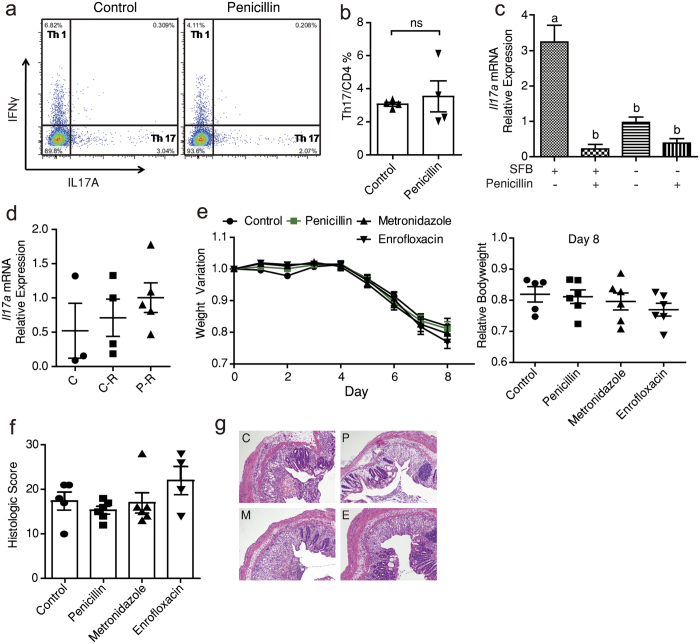Figure 5. Penicillin's effects depend on the eradication of segmented filamentous bacteria (SFB).
(a) 9-week-old adult mice were treated with low-dose penicillin or regular water as control for 2 weeks. Small intestine lamina propria (SI-LP) mononuclear cells were isolated and stimulated with phorbol-12-myristate 13-acetate (PMA) and ionomycin. Plots show IL-17A+ and IFNγ+ cells counted by flow cytometry and are gated on CD4+ cells. (b) Statistics of a. Data are expressed by mean ± SEM. ns: not significant. (c) Three-week-old SFB-positive or SFB-negative weanling mice were treated with low-dose penicillin or regular water as control for 2 weeks (n = 5–6/group). Relative expression of Il17a in terminal ileum was measured by qPCR. Groups with different letters are significantly different at P < 0.05 tested by ANOVA. (d) Expression of Il17a in Peyer's patches of mice receiving 3-week gut microbiome manipulation described in methods (n = 3–5/group). Data are representative of 2 independent experiments. C: control mice without any interference, C-R: Recipient of control mice's microbiome, P-R: Recipients of penicillin-treated mice's microbiome. (e) Body weight variation of SFB-free mice challenged with dextran sodium sulfate (DSS) (n = 5–6/group). The study design was the same with Fig. 1a. (f) Histologic score of mice from e based on hemotoxylin and eoxin (HE) staining. Mice were sacrificed on day 8. (g) HE staining of the distal colon. Each panel is representative of tissue analyzed in (f). C: control, P: penicillin, E: enrofloxacin, M: metronidazole. ns: not significant, one-way ANOVA (c–f), Student's t-test (b).

